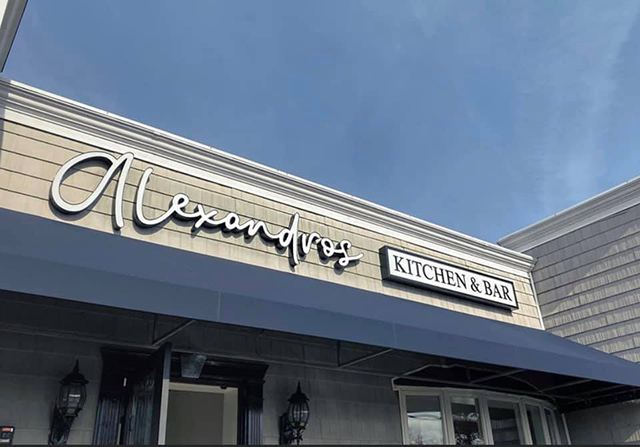

It has wide, projecting pastophoria-chapels to the east, and long, narrow side-aisles to the north and south, which lead to small, three-story towers to the west, typical of Syrian churches. The three-aisled, timber-roofed basilica of Sinai is one of the few early Christian buildings that survive intact (fig. Martyrios, the spiritual father of Saint John of Sinai, was probably associated with the management of imperial funds meant for the provision of the building materials, as Nessana’s papyri attest. 31), were imported from Constantinople and the provinces. At the same time, Proconnesian marble for revetments, floors, and the chancel screen of the Katholikon, brass for door cladding, lead for roofing, iron and timber for roofs, and sculpted ornamental doors etc. The walls and other Justinian structures were constructed out of granite quarried from the surrounding slopes (fig. A cistern for collecting rainwater was constructed at a higher level in the southeast corner. Workshops were incorporated into the lower level, together with the two existing wells. 30), while evidence that indicates the existence of other, smaller secondary gates can be found on the other three sides as well. The main entrance to the Monastery was found in the middle of the west side (fig. In the middle of the east side, a large rectangular tower, housing sanitary facilities, was later added, while recent investigations unearthed the remains of similar, previously unknown towers in the middle of the north side, and the northern end of the west side of the enclosure. Small vaulted spaces had been created in their interior, one of them even serving as a chapel. In place of towers, the walls had small projections at the ends and the middle of the south side, as well as the northern end of the west side.

The walls, whose thickness varied from 1.80 to 2.20 meters, still retain in many places the original battlements and parapet. The location of this enclosure, imposed by the pre-existing shrine and the tower, was rather unfavorable in terms of placement and security. Plan and sections indicating the monastery’s main construction phases during the early period (4th-7th century). It was erected at the east end of the “Valley of the Monastery” (Wadi el Deir) (fig. The maximum dimensions of Justinian’s fortified enclosure were about 76 x 90 meters. This must also be the same tower mentioned in the Report of Monk Ammonios, who links it to the Forty Martyrs of Sinai, around the year 373.īased on structural details as well as data derived from the subsequent, but still dependable, account of the Patriarch of Alexandria Eutychios (933-944), modern research attests that the first small church of the Theotokos, the so-called kyriakon of the hermits, was located within this fourth century tower, in the space now housing the chapel of the Dormition of the Theotokos(fig.27). Sinai tradition, which attributes its construction to Saint Helen or at least to the age of her pilgrimage to Palestine (around 326), had preserved a record of its exact location within the Monastery to our day. The only surviving structure, from these initial free-standing buildings, is a square tower, to which the monks retreated during raids. Pilgrim Egeria, who had visited the peninsula probably around 383-384, reported that the hermits who lived close to the shrine of the Biblical Burning Bush had a beautiful garden with a well, many cells, and a church, all of which were later enclosed within the fortified courtyard of the Sinai Monastery.


 0 kommentar(er)
0 kommentar(er)
